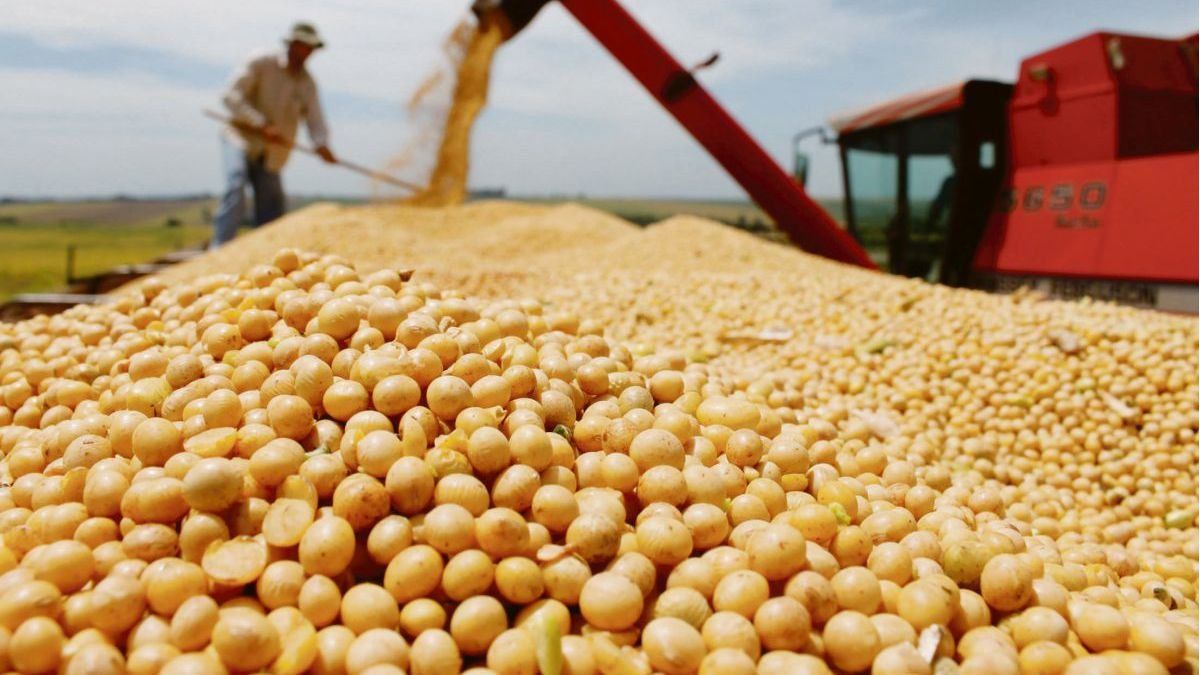The grain market is perhaps facing its period of greatest volatility in the last decade and, strictly speaking, there is no lack of condiments. After the Covid pandemic, China’s demand for grains accelerated just as its economy was reactivating; then the world stocks of soybeans and corn fell, in a context also in which the war between Russia and Ukraine continues over time. Inflation then became a problem throughout the world and the rise in food and energy prices accounts for much of this phenomenon. That is why it is expected that the FED will act again immediately with a rate hike that would greatly tempt the speculative funds that all this time made juicy profits in the international grain market.
For Argentina, this scenario is presented as ambivalent. In the first place, it is true that if soybeans rise in Chicago, the harvest immediately revalues and more dollars can enter the country. With the oilseed trading around US$650, the local economy would receive at least an extra US$8 billion. On the sidewalk across the street, it is true that there is much more than soybeans and the rise in wheat, corn and sunflowers also complicates the local economy and impacts food prices.
For now, just knowing the inflation data in the United States and with the mere speculation of a more contractionary policy by the FED, the speculative funds have already taken some position and went out to take profits. After the record day on Thursday, a black Friday came and Monday ended directly with the market in the red. In a single day, the oilseed lost almost US$14 per ton and closed at US$627.40, far from the US$650 and US$641 quoted last Friday.
“On the side of the bearish factors today was also China. It happens that after the negative impact on trade and cargo traffic caused by the closure of Shanghai for almost two months to try to contain an outbreak of Covid, from which activity was only now recovering, now it is Beijing that must deal with the virus after a new outbreak was detected. The chance that businesses will close again and activities will be paralyzed generates uncertainty about the demand of the main importer of soybeans” they explain from Granar.
Meanwhile, when it comes to corn and wheat, both had a much quieter day. Corn lost just $1.5 a ton to close at $302 while wheat closed almost unchanged from last Friday at $393.5 a ton.
In any case, grain prices are at record highs and in a downward scenario, Argentina would have foreign exchange earnings of at least US$38 billion. Only until last May was the record of more than US $ 15,000 million liquidated. We will have to follow the market closely, taking into account the maximum volatility it shows.
Source: Ambito
David William is a talented author who has made a name for himself in the world of writing. He is a professional author who writes on a wide range of topics, from general interest to opinion news. David is currently working as a writer at 24 hours worlds where he brings his unique perspective and in-depth research to his articles, making them both informative and engaging.




